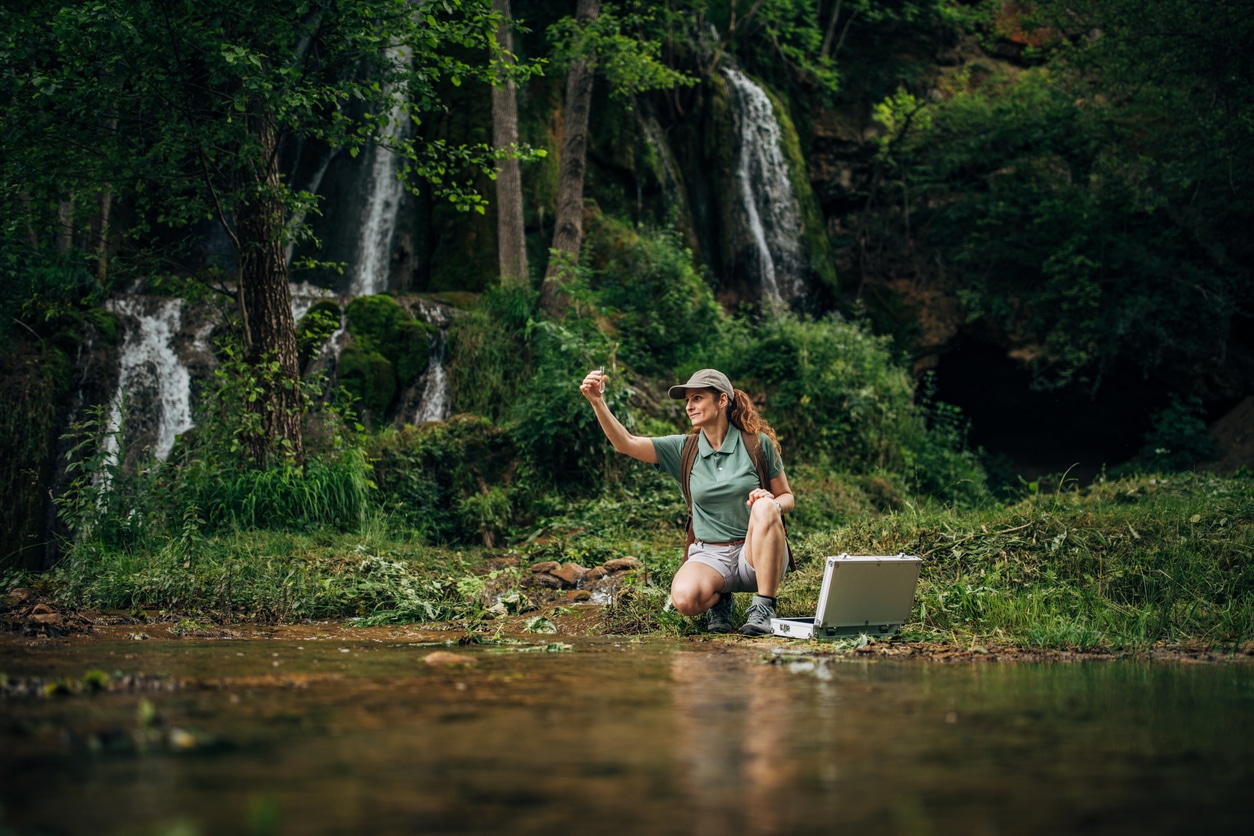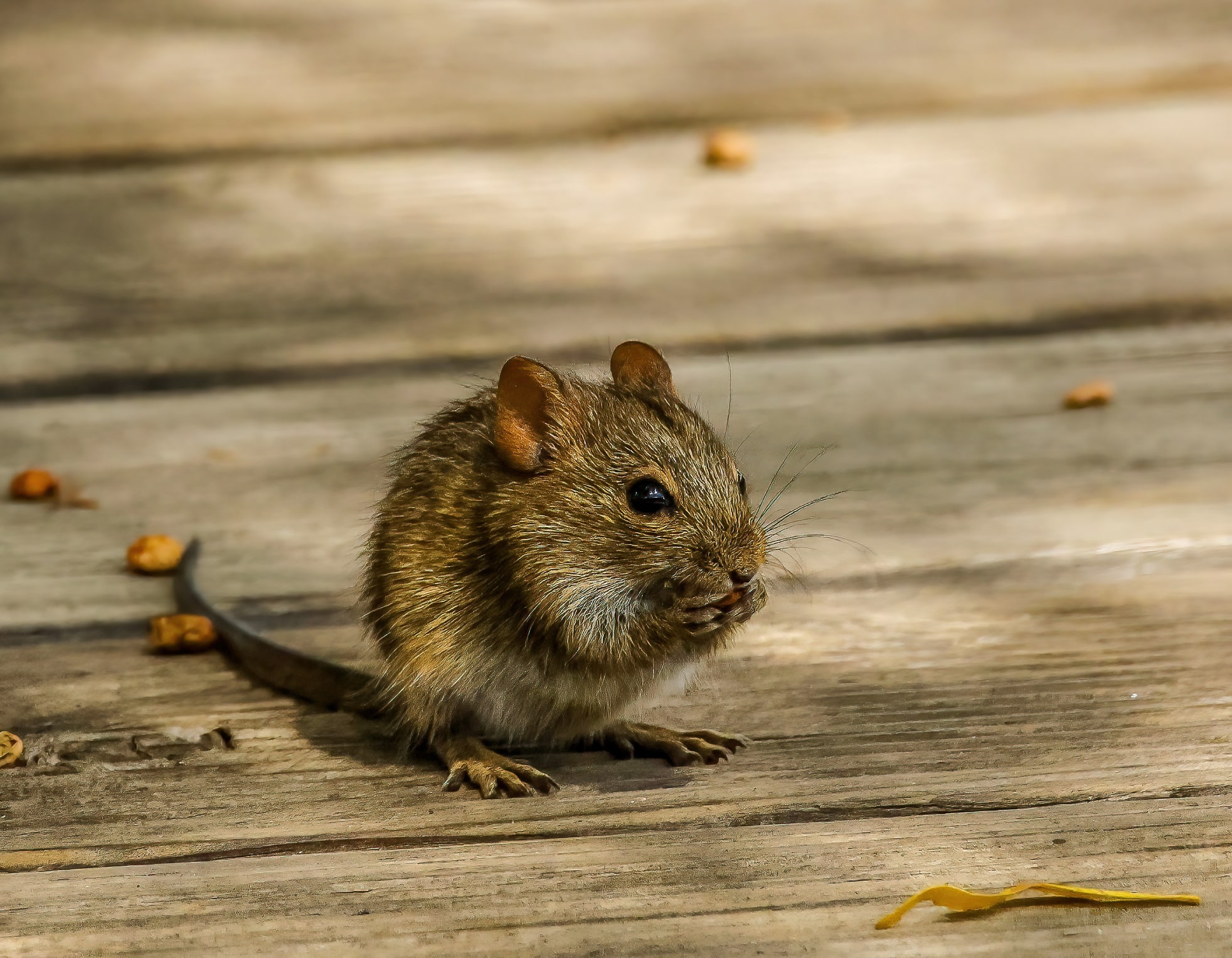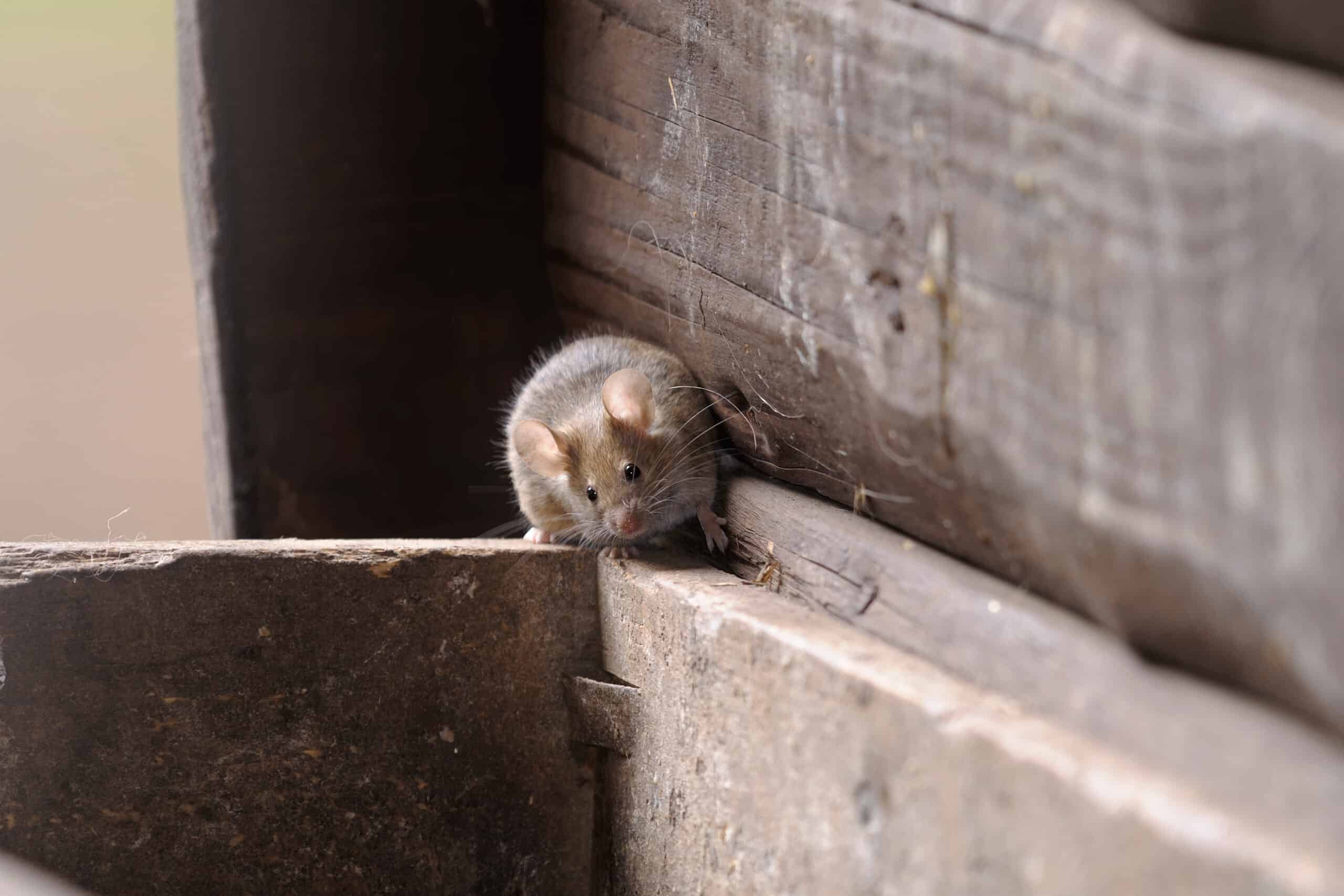Rodents don’t always make their presence known—at least not right away. By the time you…

The Importance of Wildlife Restoration: Returning Balance to Ecosystems
Wildlife plays an essential role in maintaining the balance of our ecosystems. From pollination to pest control, each species contributes uniquely to the health of our environment. However, human activities have disrupted these natural processes, leading to the decline of many wildlife populations.
In this post, we’ll explore the importance of wildlife restoration and its crucial role in bringing balance back to ecosystems. Wildlife restoration involves reintroducing native species, restoring habitats, and implementing conservation practices to rebuild populations. By understanding and supporting these efforts, we can help protect biodiversity and create a healthier planet for future generations.
What is Wildlife Restoration?
Wildlife restoration is the process of returning ecosystems to their natural state by reintroducing native species and restoring habitats. This practice aims to rebuild wildlife populations, improve biodiversity, and enhance ecosystem services. Restoration efforts can include planting native vegetation, removing invasive species, and creating protected areas for wildlife.
For instance, reintroducing predators like wolves can help control overpopulated prey species, which in turn supports plant growth and biodiversity. Similarly, restoring wetlands can provide crucial habitats for birds, amphibians, and fish, contributing to a balanced ecosystem.
In addition to these efforts, wildlife restoration involves monitoring and tracking the progress and success of restoration projects. Scientists and conservationists work together to gather data on wildlife populations, habitat conditions, and ecosystem health. This information helps guide future restoration initiatives and ensures effective and sustainable efforts.
Effective wildlife restoration requires collaboration among governments, conservation organizations, and communities.
In Michigan, several programs focus on habitat restoration, species reintroduction, and public education to promote conservation efforts. Individuals and communities can play a vital role in preserving and enhancing local ecosystems by participating in these initiatives.
Michigan Government Restoration & Conservation Programs
Michigan has a variety of government initiatives and programs dedicated to wildlife restoration and conservation. These programs focus on protecting native species, restoring habitats, and promoting biodiversity across the state. One notable program is the Michigan Wildlife Action Plan, which aims to conserve the state’s diverse wildlife by addressing threats and implementing strategic conservation actions.
The Michigan Department of Natural Resources plays a vital role in these efforts, managing state parks, forests, and wildlife areas. The DNR collaborates with local communities, non-profit organizations, and federal agencies to restore habitats, such as wetlands, forests, and grasslands, which are crucial for the survival of many species.
Current efforts include the reintroduction of species like the Kirtland’s warbler and the gray wolf, both of which were once on the brink of extinction. These efforts have led to significant population recoveries, showcasing the success of well-coordinated restoration projects. In addition, the Michigan Invasive Species Program works to control and eradicate invasive species that threaten native wildlife and ecosystems.
Public education and community involvement are also integral to Michigan’s conservation strategy. Programs like the Adopt-a-Forest initiative encourage citizens to participate in habitat restoration activities, fostering a sense of stewardship and connection to the natural world. Michigan’s government restoration and conservation programs strive to protect and enhance the state’s rich biodiversity, maintaining a healthy and balanced ecosystem.
Role of Humane Pest Control in Ecosystem Preservation
Humane pest control is an essential component of wildlife restoration, focusing on managing unwanted animals in a way that is both effective and ethical. Traditional pest control methods often involve harmful chemicals or lethal measures, which can disrupt ecosystems and harm non-target species. In contrast, humane pest control prioritizes the safety and well-being of all animals, employing strategies that minimize environmental impact.
Creature Control employs various humane pest control techniques, such as live trapping, exclusion methods, and habitat modification. Live trapping allows for the safe capture and relocation of wildlife, removing the animals without harm. Exclusion methods involve sealing entry points to prevent wildlife from entering homes or businesses, reducing the need for further intervention. Habitat modification includes making areas less attractive to pests by removing food sources, shelter, and water.
By using these humane methods, we maintain ecological balance. Removing invasive species and pests in a humane way prevents the unnecessary loss of wildlife and supports the overall health of ecosystems. This approach also reduces the risk of secondary poisoning, where non-target species, such as birds of prey, are harmed by consuming poisoned pests.
Why Wildlife Conservation is Critical
Wildlife conservation is crucial for the health and sustainability of ecosystems. Each species plays a specific role, contributing to the balance and functionality of the environment. From pollinators like bees to predators like wolves, the interconnectedness of species keeps the ecosystem resilient and productive.
The loss of even a single species can have cascading effects, disrupting food chains and leading to the decline of other species.
For example, the decline of pollinators can affect plant reproduction, which in turn impacts herbivores and the predators that rely on them. Conservation efforts aim to protect these intricate relationships, preserving biodiversity and ecosystem services that humans depend on, such as clean air, water, and fertile soil.
Conservation also has long-term benefits for future generations. By maintaining healthy ecosystems, natural resources remain available for continued use and enjoyment. Conservation practices, such as protected areas, habitat restoration, and sustainable resource management, help mitigate the impacts of human activities and climate change.
Supporting wildlife conservation is not just about protecting individual species; it’s about maintaining the overall health of our planet. Through education, advocacy, and participation in conservation programs, individuals can contribute to preserving wildlife and the ecosystems they inhabit.
Trust Creature Control for Leading Wildlife Control in Michigan
Creature Control is an industry leader when it comes to managing wildlife in a way that protects both animals and ecosystems. By focusing on humane practices, Creature Control resolves pest issues effectively and contributes to the preservation of local biodiversity.
Partner with the leader in reliable and humane wildlife control solutions. The Creature Control team is ready to help you manage wildlife issues while supporting the health and sustainability of Michigan’s ecosystems. Contact us here, or call us at 1-800-441-1519 to get started.
Contact Us Today!
"*" indicates required fields
Call Us
For Immediate Help
Call 1-800-441-1519 to talk to one of our local wildlife experts. Or, fax us at (734) 551-9795.
Business Hours
Monday – Friday: 8 a.m. to 6 p.m
Saturday: 8 a.m. to 2 p.m.
Sunday: 8 a.m. to 12 p.m.
For After-Hours Help
Call (877) 623-9190. For after-hours emergencies, please be aware that additional charges will apply. We can also be reached by fax at (734) 551-9795.


